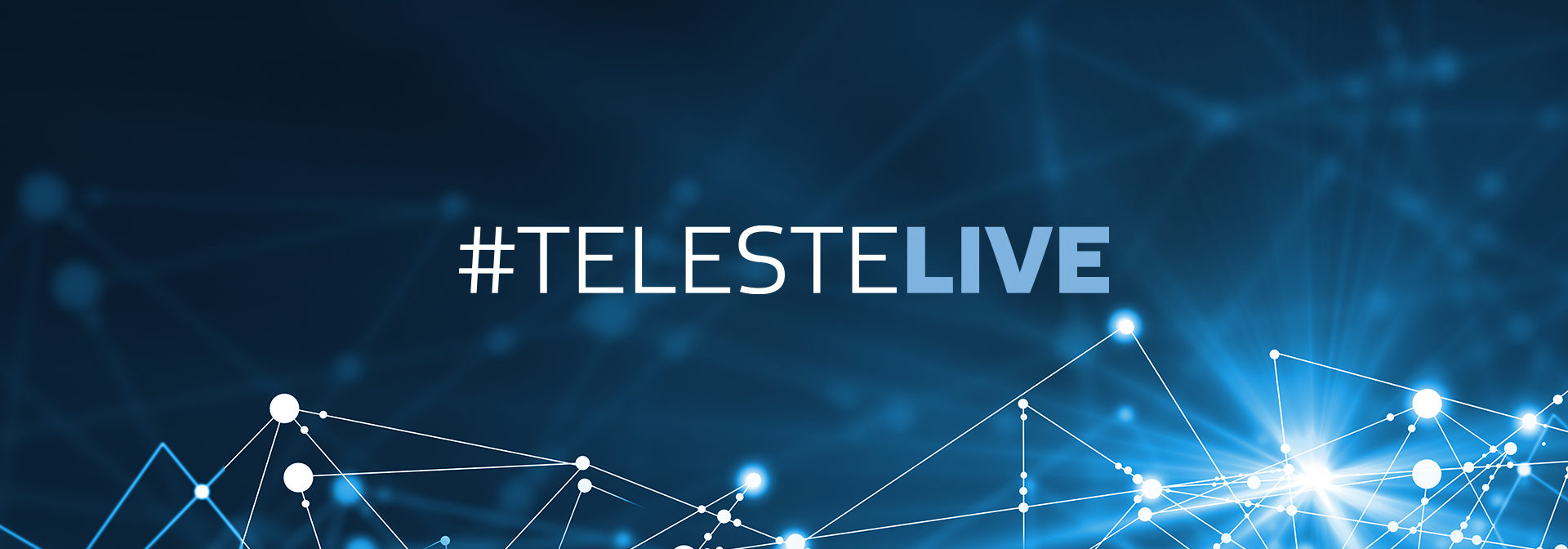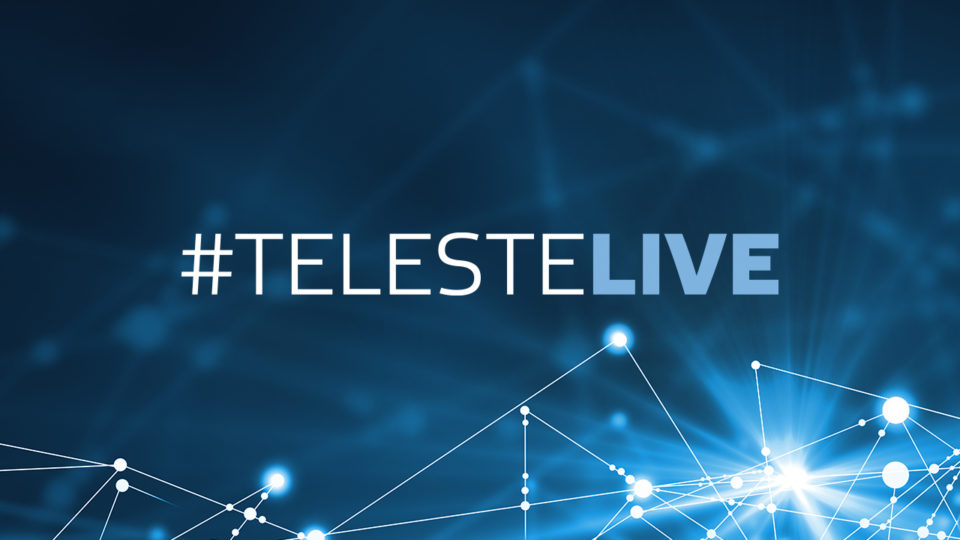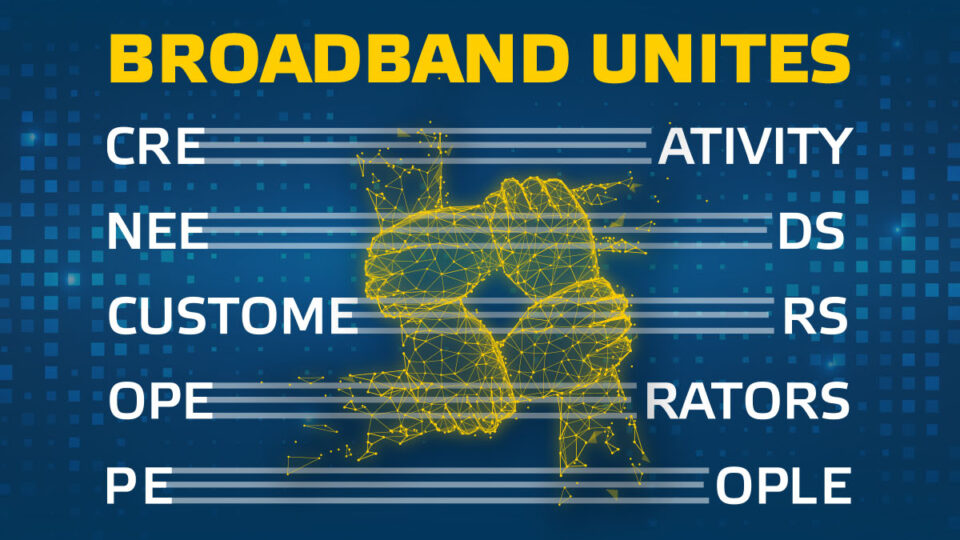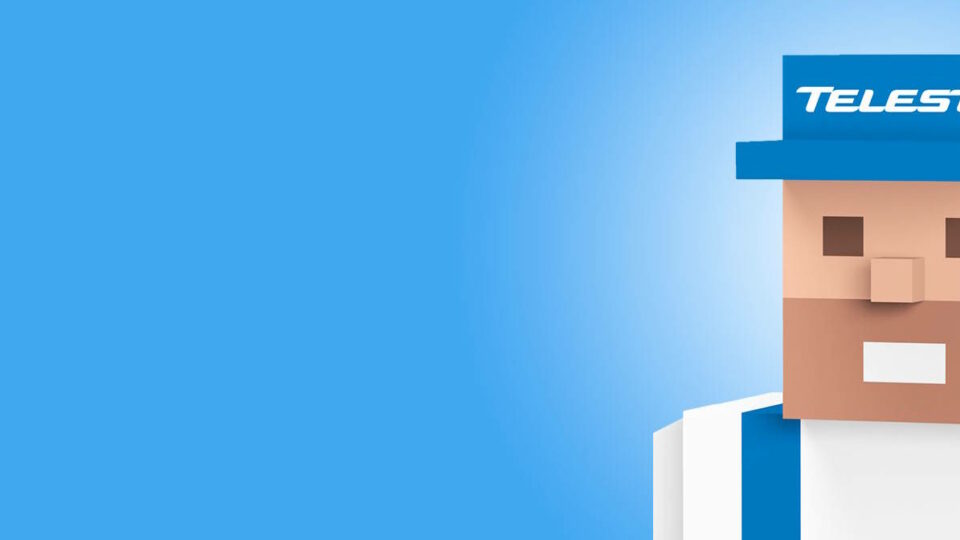
Webinar Q&A: Video delivery in 2020’s
With distributed access architecture coming around the corner and cord cutting becoming increasingly topical, our #TelesteLive webinar delved into the ongoing technology transformation from the point of view of video headend technologies and consumers’ service expectations. The webinar was organised in September 2020 in cooperation with Digital TV Europe.
Led by Stuart Thomson from Digital TV Europe, our speakers Julius Tikkanen and Attila Pester from Teleste, accompanied by Tim Westcott from Omdia shared insight on the current video delivery and service landscape as well as operators’ choices when planning their next technology steps. Among the key questions answered were:
- How to ensure smooth services today as well as in distributed access networks?
- What are consumers expecting and how to keep up with the changing demand?
- Do linear TV channels have a future?
According to the gathered feedback, more than 97% of the attendees found the webinar informative or very informative. We wish to thank the participants for the great reviews and hope to see many of you in future #TelesteLive events.
Answers to audience questions presented during the webinar
1. You seem to promote video headend hardware instead of virtualized solutions. Could you elaborate why virtualization is not in your agenda?
Well-designed hardware-based video headends can offer matchless robustness. We cannot sacrifice this robustness on behalf of scalability that virtualized solutions may bring, as scalability is negligible benefit for solutions that anyway, by default, serve all subscribers 24/7.
2. Your video engine supports asynchronous mode. What does it mean?
In our case, broadcasting works even if for some reason, whether by accident or by purpose, the video engine and Remote PHY devices are not synchronous. Having different time in them does not cause issues as potential buffer underflows in the Remote PHY devices are prevented by inserting null packets.
3. Your vision is to use edge QAMs that are also video engines at the same time. Does it increase cost of your edge QAM hardware?
Actually, it does not. The same hardware can stream video over IP and RF networks. Our dense edge QAM modules have always supported IP meaning that the required L2TP encapsulation has been easy to add in the existing modules.
4. What about backup sources in 4X4 for a service. Is there anything new?
We have possibility to configure four backup input streams for a channel in case the primary input channel is failing.
5. According to statistics, number of linear television viewers is not growing, why do you develop new video headend platforms despite of declining figures?
Operators need to serve remaining broadcast subscribers 24/7 even if number of viewers is declining in some regions. Losing 10% of pay TV subscribers may push operators to look for video headend equipment that is cost effective to maintain but the need of state-of-the-art broadcasting platforms has not vanished.
6. Do you believe that some operators are planning to use Remote PHY devices to replace edge QAMs but still use centralized CMTSs for DOCSIS?
At least it is possible and perhaps wise in some regions but grouping edge QAM devices at the regional headend gives more monitoring capabilities, improves redundancy and enables insertion of local channels.
7. What about interoperability with different CMTS and Remote PHY vendors? Is Luminato Video Core able to control other Remote PHY devices as well?
So far we have integrated Luminato Video Core and Teleste Remote PHY devices. However, the implementation of Teleste Remote PHY devices is based on the same specifications and recommendations as other Remote PHY devices. Obviously, we still need to evaluate their compatibility before actual deployments will take place.



